Ever since digital recording and production spelled the end of the analog era, producers and engineers have been chasing the elusive “warmth” and “presence” that analog gear brought to the table. It’s commonplace for DAW productions to utilize either actual analog hardware, or software emulations of analog processors, to ameliorate the clinical cleanliness of digital audio. But which components of analog equipment are responsible for the desirable qualities so prized by everyone? Here’s a brief rundown of the gear that provides analog sound.
The Four “T”s
When people refer to “analog sound” they’re usually describing the very subtle harmonic distortion and compression that results when analog circuits are pushed just a little beyond their limits for maintaining a clean signal. Of course, this is not the only aspect of analog processing that contributes a desirable quality; the behavior of certain circuits—especially dynamics circuitry, like the components that control the dynamic response of compressors, for example—also provides a distinct response that is often highly desirable, and regularly emulated in software, like the complex release character of opto compressors like the LA2A, which is determined by the optical circuitry it employs to control gain reduction.
But to most people, “analog” primarily means the warmth and presence that comes from subtle overdrive and saturation. The circuit components that are responsible for it are sometimes referred to as the four “T”s—tubes, transistors, transformers, and tape. Let’s take a look at each of those.
Tubes
Tubes, of course, are the component most associated with analog sound. They provide everything from the gentle overdrive of preamp tubes to the over-the-top distortion of heavily-driven output (power) tubes in guitar amps. Tubes, in general, have a tendency to gradually clip the audio signal, subtly rounding off the wave, generating new harmonics in the process. Of course, tubes are capable of very clean audio too, but many devices are designed to allow the user to push the level to the point where the desirable quality of slight tube overdrive can add its magic.
A good example is a typical tube (mic) preamp with two gain controls, often labelled gain and output. Even though the goal may always be to output a signal at an appropriate level, the relative positions of the controls will determine the amount of “tube warmth” provided. The first gain control pushes the level into the tube circuitry, while the second is then used to dial up the proper final output level. A higher setting of the input gain will create more tube drive for a warmer sound; a lower input setting and a higher output setting may output the signal at the same level, but without pushing the signal through the tubes as hard, for a cleaner sound with less analog character.
Other studio processors also employ tubes, like the variable-mu tubes used in classic Fairchild compressors to control gain reduction, and the tubes used for makeup gain in passive equalizers like the Pultec EQP-1A. In the latter case, those tubes are always in the circuit, providing up to 16 dB of warm analog signal boost even when the EQ is set flat, which is why some engineers are known to run audio through the Pultec even when they’re not doing any actual EQing with it, just to get the benefit of its tube character.
Equipment that uses tubes for more overt distortion, like a tube-based guitar amp, may also employ gain staging to control both the amount and character of the tube overdrive generated. In a guitar amp, the initial gain or drive control pushes the signal into the amp’s preamp tubes. These are commonly some variant of the 12AX7 tube (12AY7, 12AT7, ECC83 (the British version), etc). The 12AX7 is also one of the tubes most commonly used for very subtle tube drive in clean studio processors (like EQs and compressors), but when the preamp tubes in a guitar amp are pushed into overt distortion, they tend to provide a thinner, harder distortion—sometimes describes as “fizzy”.
Some guitar amps also have a “Master Volume” control—this is placed later in the signal flow, and pushes the level into the output/power tubes. These range from the American 6V6 and 6L6 (think of the edgy or glassy sound of classic tweed or blackface Fender amps) to the crunchier British EL34 and EL84 (Marshall and Vox amps, respectively). Output tubes may provide more of a “crunchy” or “grinding” distortion quality, and many musicians feel that the distortion character of power tubes is more distinctive than that of preamp tubes, and more characteristic of the sound of a particular (type of) amp.
Additional tubes also affect not only the sound, but the feel of an amp. A rectifier tube converts AC voltage from the power transformer to the DC voltage needed to run the amp’s circuits; transistor rectifiers do this fairly transparently, but tube rectifiers often “sag” at higher voltages, causing a little dynamic compression of the signal, which can definitely affect playing feel and performance.
Transistors
Despite the exalted position of tubes in the hierarchy of analog circuitry, transistors are another big contributor to analog sound, again offering subtle edge to overt distortion. Transistorized circuits have the reputation of distorting less gradually when pushed past their limits, for harder clipping and an edgier distortion quality. This is true to a point, but there are many different types of transistors, and in a well-designed circuit the slightly more edgy analog character they may impart can still add a desirable presence to signals.
There are various types of transistors, from early germanium transistors, to silicon transistors, to the popular FET—Field Effect Transistor—renowned for its “almost tube-like distortion”, which is employed in a lot of analog processing gear. Probably the most well-known example is the Urei 1176 FET compressor. The use of FET circuitry provides the 1176 with both the lightning fast response (Attack & Release) that contributes to its aggressive compression character, so popular for pumping up drums, and the slightly edgy presence it offers when pushed hard—both key aspects of its distinct analog character.
But FETs are used in many circuits, like some of the top studio mics. Tube mics like the famous Neumann U47 and U67 were known for their warmth, but their transistorized replacements—like the ubiquitous U87—often use FET circuitry. Since hot levels are not uncommon in a mic, the sound of FET circuitry can be a significant component of the presence that that mic—and others—are known for.
On the overt distortion side, transistor circuitry is the mainstay for guitar overdrive, distortion, and fuzz pedals. Germanium transistors provide(d) the distinctive character of the classic Fuzz-Face pedal (Hendrix and others); silicon transistors and diodes supply the raucous buzz and squawk of pedals like the RAT and the Big Muff; and FETs have been used by companies like SansAmp to emulate tube character—even in the preamp sections of some guitar amps.
Transformers
Transformers are probably the lesser-known member of the analog sound club, but they contribute analog warmth to a great many circuits and devices. In audio equipment, a Transformer is a device used to match impedances or change voltage levels. It consists of a pair of coils and a magnetic field; when a signal is sent to one of the coils, that signal is transmitted to the other coil via electromagnetic induction, with positive, negative, or unity gain. Transformers are not always thought of as having as significant an effect on the sound quality as tubes and transistors, but they can be a significant component of analog warmth.
Transformers—which are sometimes slangily referred to as “iron” in engineering parlance—can saturate, introducing subtle distortion, and the sound of “iron” is a part of the subtle analog character of a lot of older gear. For example, the transformer design of the classic Neve 1073 preamp/EQ contributes to the distinctive analog quality of that revered piece of gear.
Tape
The analog character of tape is well-known. When signals are recorded hot—a little into the red—on analog tape, it gradually rounds off the wave, producing a little distortion and gentle compression—this is known as tape saturation.
It’s similar to what happens with tubes, but tape saturation has its own distinct quality. Throughout the analog era, since everything was recorded on tape, engineers took that quality for granted, and when it was gone they went to great lengths to get it back. Some engineers continued to record on analog tape for years after the transition to digital—even if they immediately dumped those recordings into the DAW—just to get the benefits of tape saturation, and some mixers and mastering engineers still bounce both in-the-box and to analog tape, to see if the tape’s character provides a more beneficial analog quality.
Virtual Analog
Of course, all the digital circuits and devices described above are emulated via software, thanks to the wonders of component modeling, which analyzes all the circuits in an analog device, models their behavior/response in software, and runs the signal through a virtual version of the analog signal path that, ideally, responds identically to the original. Modeled analog gear includes tubes, transistors, transformers, and tape, and while many feel that there’s no substitute for the real thing, for those who don’t have the budget for a roomful of analog hardware, today’s best virtual analog emulations are more than capable of providing suitable analog character.
Final Word
Whether using actual analog hardware or virtual emulations to achieve “analog sound”, the best results will be achieved when the user is familiar with the different types of circuitry, the distinctive character of each, and the proper way to push signals through analog gear to achieve the desired effect—subtle or over-the-top. Hopefully this article will have been of some help to those who might benefit from a little background in the basics of analog sound.



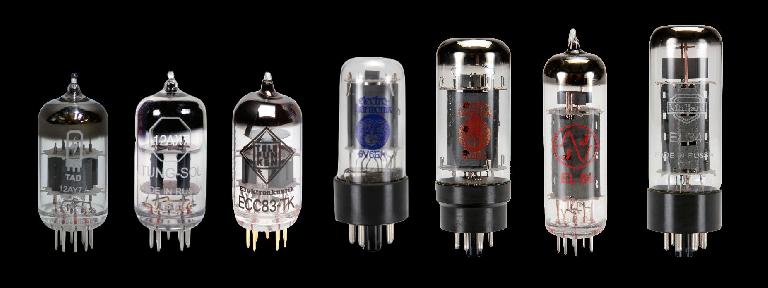
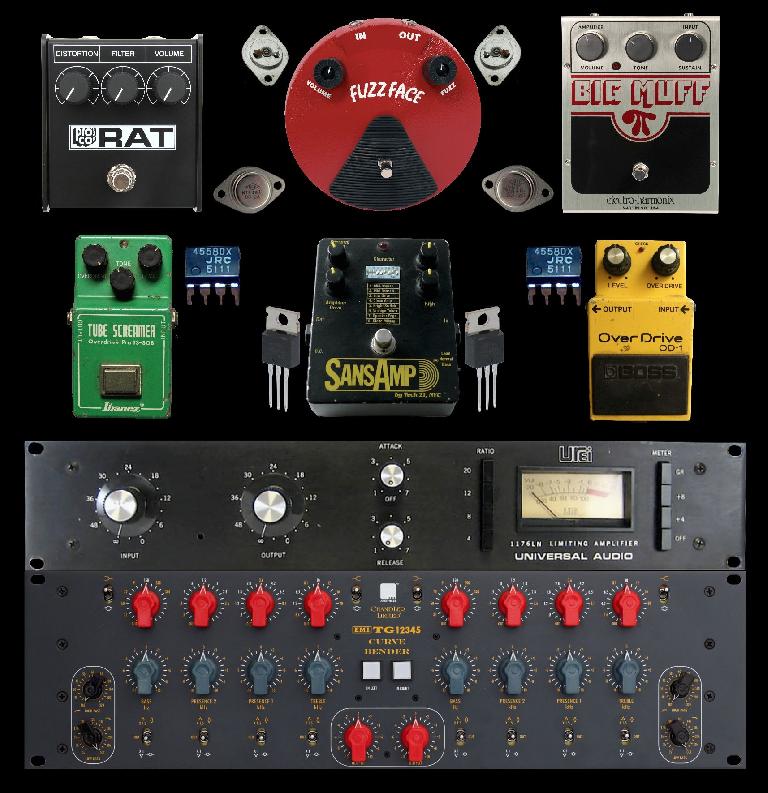
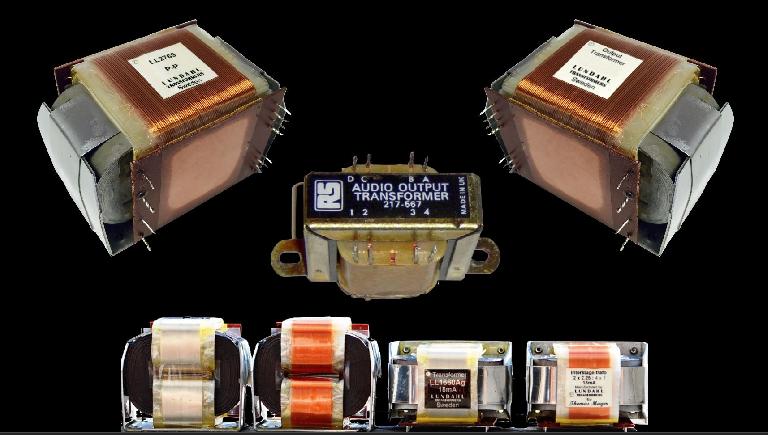
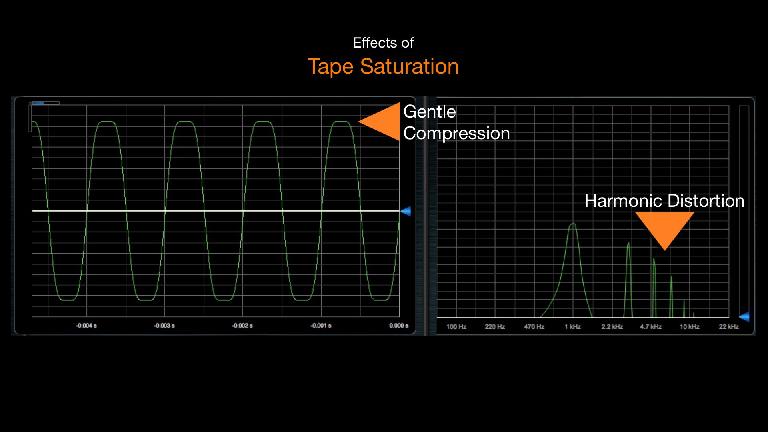
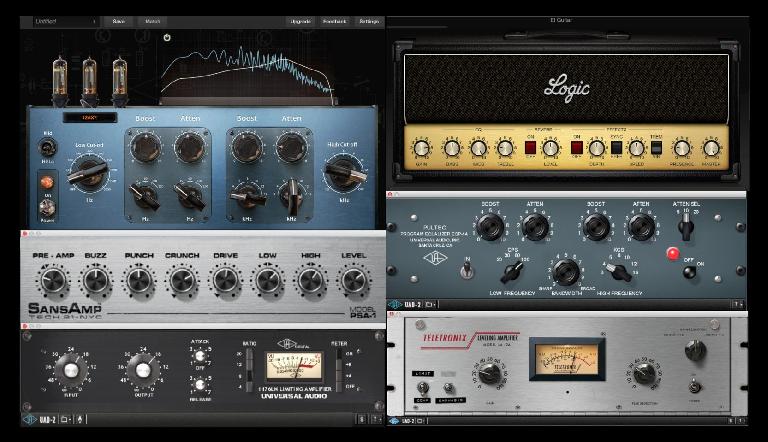
 © 2024 Ask.Audio
A NonLinear Educating Company
© 2024 Ask.Audio
A NonLinear Educating Company
Discussion
Want to join the discussion?
Create an account or login to get started!